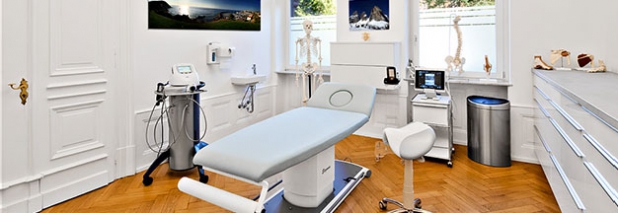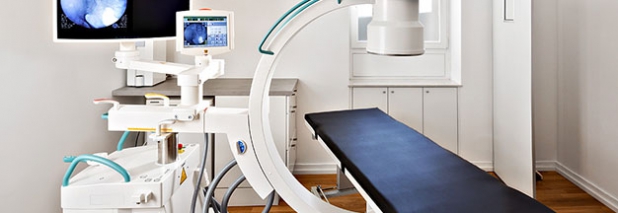Osteoporosis
Osteoporosis isawidespreaddiseaseofagingbones, whichmakesthemmore vulnerable to fractures (Latin “Frakturen”). The disease, also known as bone atrophy, ischaracterizedby low bone mass and excessive destruction of bone substance and structure. High bone vulnerability to fractures can affect the whole skeleton. Approximately 80% of all the patients suffering from osteoporosis are postmenopausal women (climacteric period). Clinically significant osteoporosis may develop in 30% of postmenopausal women, i.e. women after climacteric period. Osteoporosis is the most frequent bone disease in senior age, with 95% of cases being so called primary osteoporosis. Unlike primary osteoporosis, the cause of so called secondary osteoporosis (5% of cases) is the prior disease or the consequence of drug therapy, e.g. therapy with glucocorticosteroids; substantial limitation in motions also brings to secondary osteoporosis (e.g. immobilization when keeping confinement to bed).
Parallel with the drug therapy, the healthy life-style is the basis of osteoporosis treatment, with the emphasis made on balanced rational nutrition enriched with calcium (milk, cheese, fennel, cabbage and broccoli) and vitamin D (fish/sunlight), as well as regular physical exercise. Outdoor exercises are highly recommended, as the skin synthesizes vitamin D by means of ultraviolet solar radiation.





